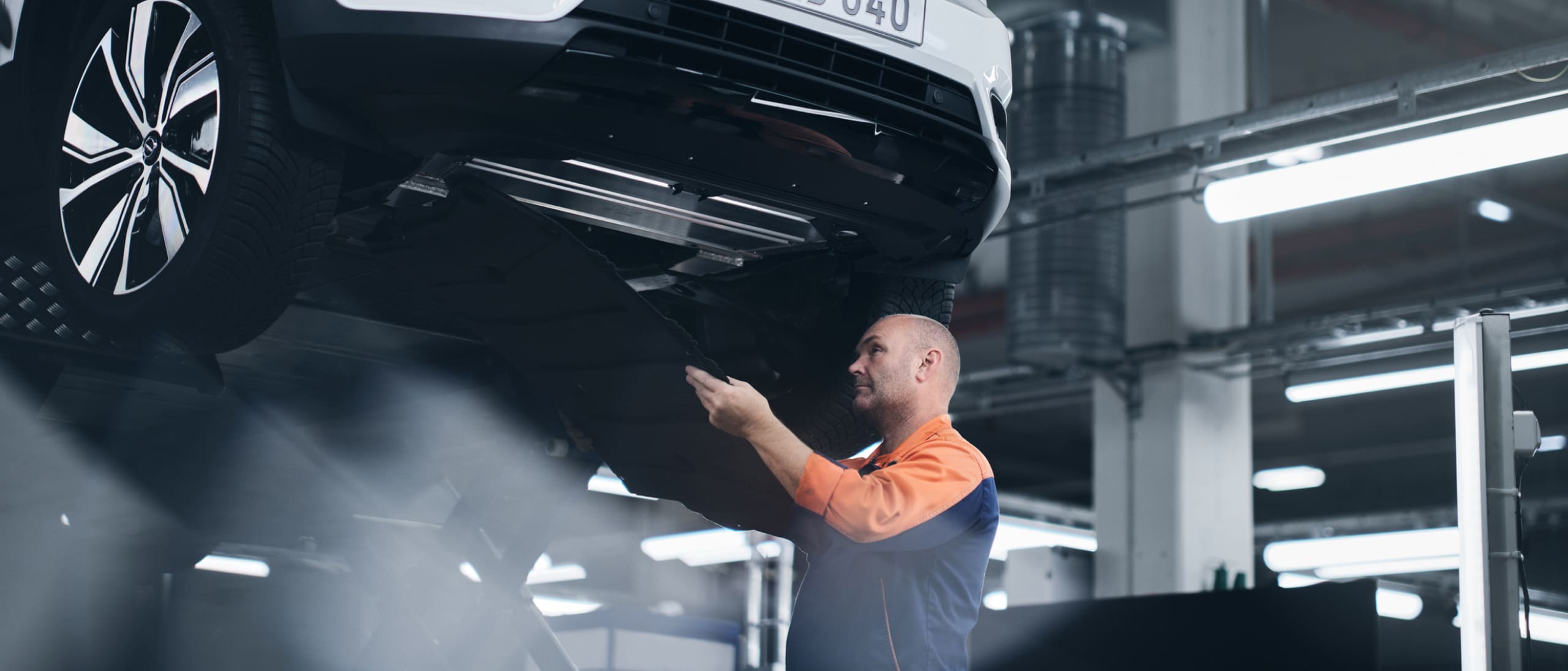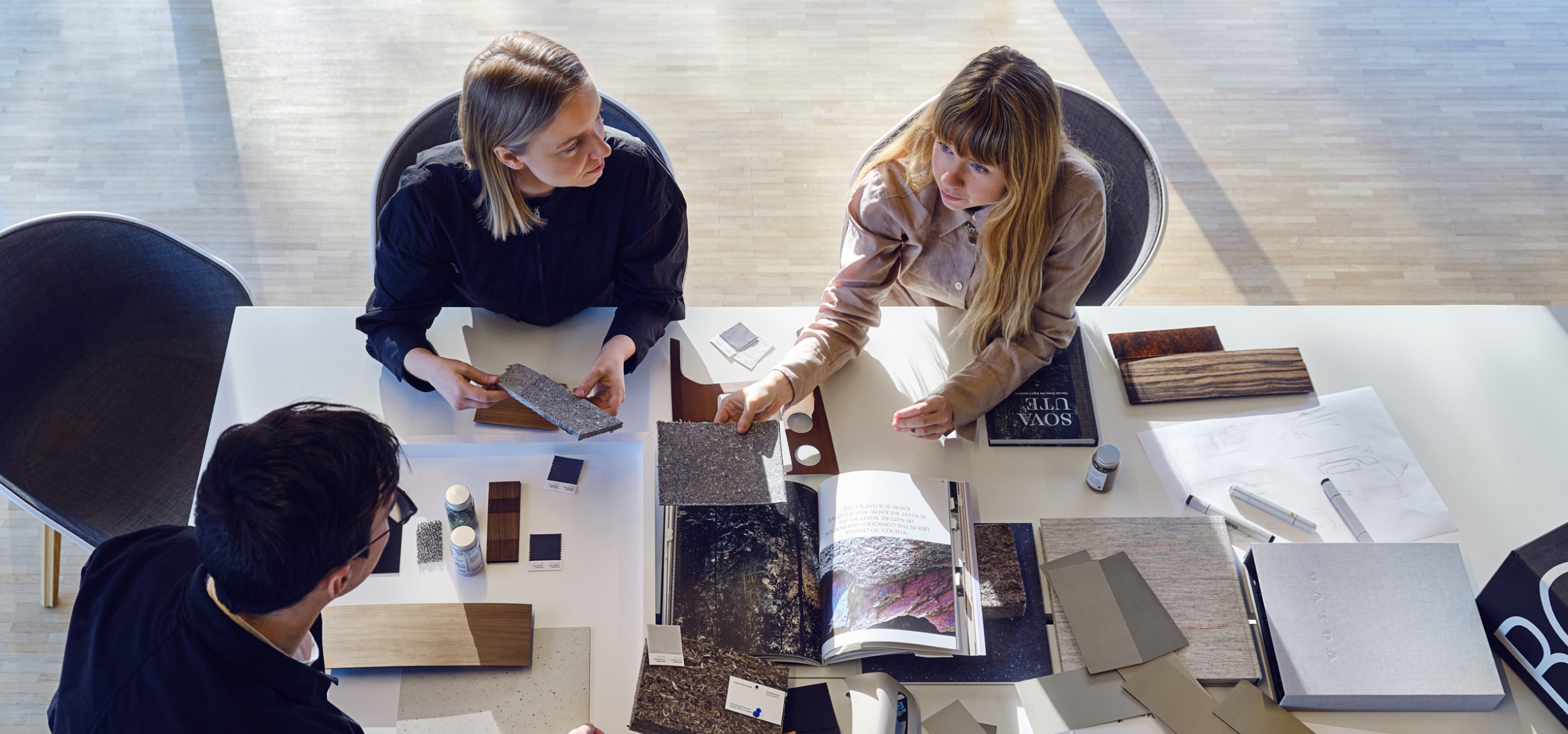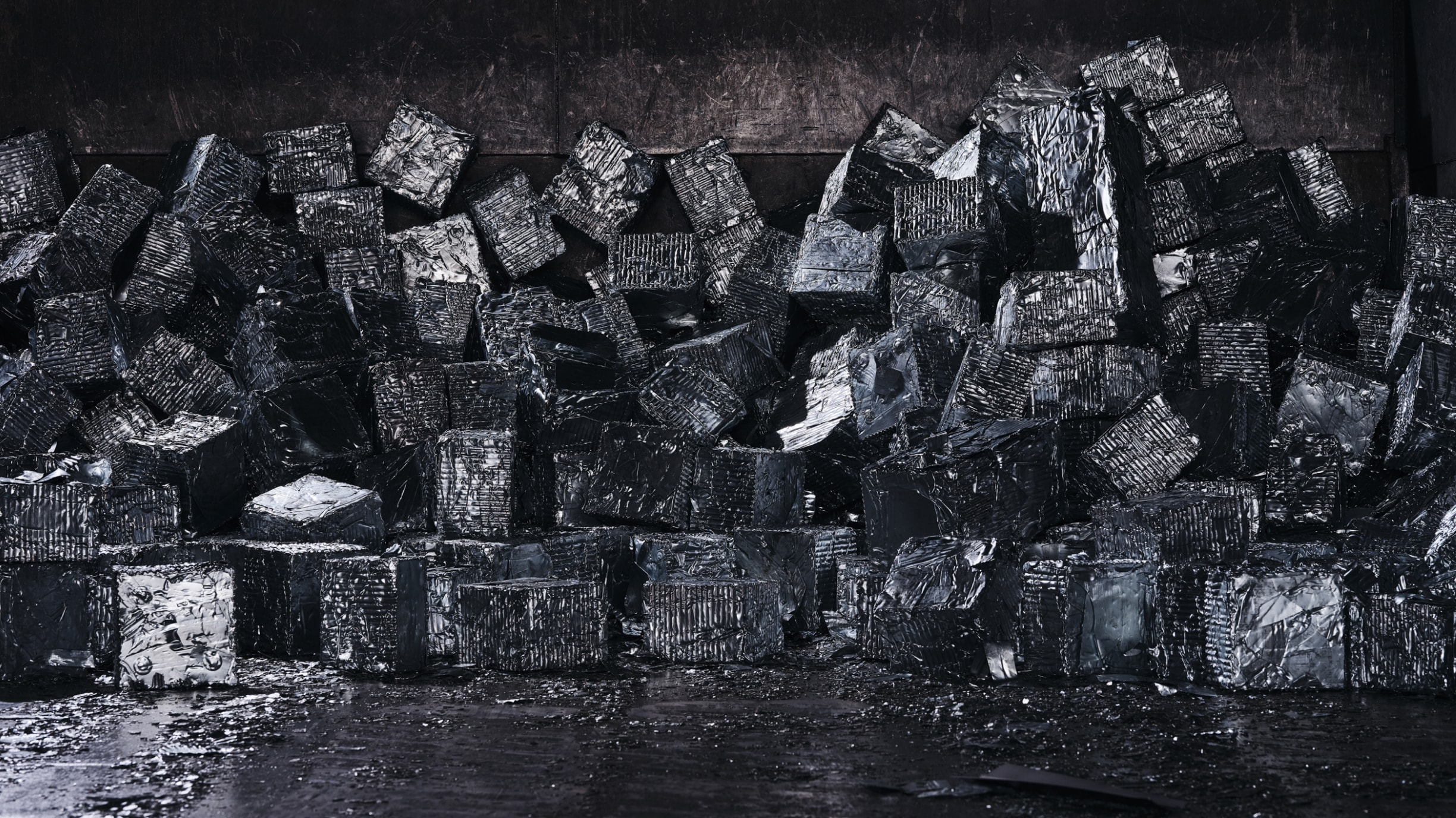Sustainability
The world’s natural resources are limited. So we’ve committed to become a circular business by 2040 – maximising resource efficiency across vehicles, components and materials. We’re focused on eliminating waste, making greater use of recycled material, and remanufacturing and reusing parts.


“If we are to reach our goals, we need to embrace the circular economy.”
Anders Kärrberg, Head of Sustainability
A circular Volvo Cars?
Being circular by 2040 means we need to act now. And becoming more circular is both good for the planet and our business. We’ve already begun by mapping out how, by 2025, we can save costs of SEK 1 billion and reduce emissions by 2.5 million tonnes through circular initiatives. And there’s a lot more to come. Watch this film to see what circular means for our future.
Design for circularity
Most companies (and people) still participate in a linear economy – you take raw material, make a product, use it, and in the end, throw it out as waste. A circular economy maximises resources by designing products for durability, reuse and recycling.
From the start, we’re considering a vehicle’s entire life cycle and how to maximise the value delivered throughout that time. When that’s over, the dissasembly and recycling process can provide high quality and quantity raw materials.

Recycled materials
One of our circular economy ambitions is to significantly increase the share of sustainable recycled and bio-based materials in our cars by 2025.
Ambitions for 2025
25%
Recycled or bio-based plastics
40%
Recycled aluminium
25%
Recycled steel

More remanufacturing
Compared to producing new parts, remanufactured parts use around 85 per cent less raw material and 80 per cent less energy. We currently remanufacture 36 different component groups, including engines, gearboxes, turbo compressors and clutches. In 2021 we saved over 4,000 tonnes of CO2 by remanufacturing over 37,000 parts.

Less production waste
In 2021, 96 per cent of our global production waste was recycled – so we avoided creating additional carbon emissions and were able to keep valuable material in circulation. This also reduced the amount of virgin material needed.
Recycling
Our largest waste stream is metal from car production, which amounted to 209,000 tonnes in 2021 and is entirely recycled

Our position
We want to be a circular business by 2040 – so we need to overcome some challenges. We’re changing our company, value chain and industrial system. We commit to being transparent throughout this transformation. We’ll act responsibly and we’ll continue talking with stakeholders inside and outside of our industry.
You’re welcome to read the resources below and learn more about what we’re doing. And of course you’re welcome to engage with us where you have expertise you think will help us on our journey.
Downloads
You´re welcome to access below documents to learn more about Volvo Cars position on important sustainability topics.